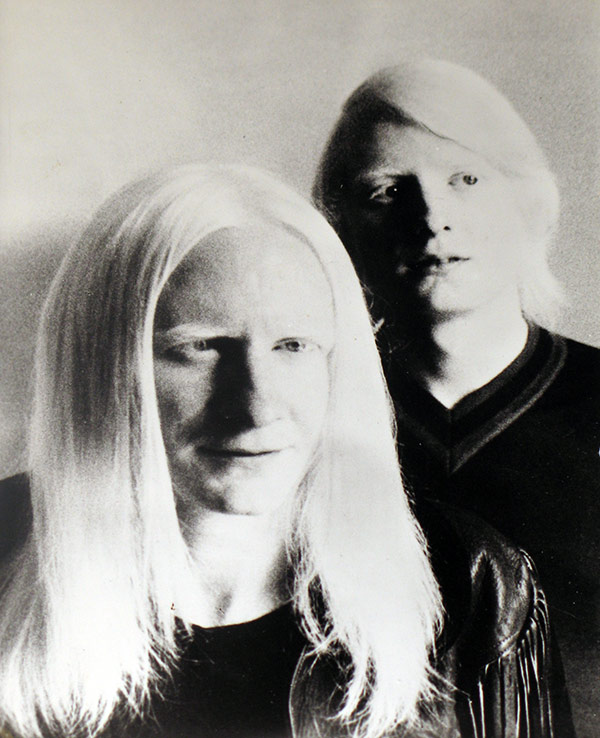By Hollie I. West the Washington Post WASHINGTON
The white youth Of America; have picked up a new fad — playing the blues. Shaggy-haired kids in the, cities and small towns are learning blues chord changes almost as fast as they are learning their guitars. No longer do American youth look to Broadway as 'a 'model for vocal stylings. The new demi-gods are gnarled black blues singers who paid their dues in the tangled maze of this country's racial mores. This new interest has been called a . "rebirth of the~ blues." More accurately, though, it should be referred to as an awakening, the blues has not died in black communities. The gospel-in-fluenced. sounds of soul music, or rhythm and blues, may have superseded the blues in popularity in the urban ghettoes, but black southerners still like their blues in large doses. More than anything, perhaps, this widespread popularity of the blues among whites is part of the youth revolution of our time.
The young are trying not to be confined to the kind of jack-in-the box thinking about race and sex that their parents accepted. For many of them, the blues is not a back alley music played by loose-moraled blacks. Their curiosity about 'the blues may represent a blessing and an act of folly and cruelty. The blessing is obvious.. Forgotten blues performers who never would have seen the light of a commerical day without the blues awakening have been brought out of obscurity and, and earning enough from their music to support themselves, The cruel irony of these developments, however, is that the black bluesmen, the pioneers and originators, always find themselves in the second billing position on programs with white bluesmen.
And the difference in money paid to blacks and whites is so lopsided that it staggers the imagination, _ Janis Joplin, ballyhooed for the last year as the top rock star, is given space on the covers of the national slick magazines and earns $10,000 for a night's concert work, But Willie Mae Thornton, one of Miss. Joplin's thief stylistic models, remains in the financial minor leagues, earning in a year what Miss Joplin may make in several days. Compared to her model, Miss Joplin is a poor excuse for a blues singer. She is probably well on her way toward ruining. her voice under the strain of trying for the harsh, raucous sounds that black performers use naturally.
The publicity given to Miss Joplin's career had not been equalled until Columbia Records helped bring Johnny Winter on the national scene earlier this year. Winter has immersed himself in a variety of styles, none of which he has brought any originality. The journeys the imitative route through the music of Ray Charles, Muddy Waters and Howlin' Wolf. Despite the absence of a fresh musical approach, Winter was signed for one of the most spectacular contracts in the history of the recording industry --- an initial fee of $300,000 and a long term contract calling for $600,000. B.B. King, the most creative bluesman on the current scene, has not seen such money for a recording contract.
Record company officials know a good thing when they see it. They recognize the music of Johnnie Taylor and James Brown cannot be sold en masse to white teen-agers because it has too much black-ness. Exceptions can be made for the watered down black sexual imagery of Jimi Hendrix, who has surrounded himself in an absurd melange of electronic sound and guitar burnings, or the Chambers Brothers, a mediocre former gospel group that sings a pallid combination of soul and rock. The general rule is to sell white groups that are engaged in a latter day version of black face. This is an important part of the history of American music and there is little black blues musicians cane do about it.
Avant-garde black jazz musicians solved a similar problem by enveloping their music with so many Afro-Asian influences that it would be completely outrageous for white musicians to imitate them. This avenue is not open to bluesmen who must keep their music simple, for the blues cannot incorporate outside musical influences as easily as jazz. What can be done about the inequities of contracts and artist fees for black innovators and white imitators? Probably not much in the foreseeable future. Record companies, particularly major ones such as Columbia and RCA Victor, can do much more in the way of promoting black musicians.
But with a company like Columbia reaping 60 per cent of its record sale profits from rock music, the prospects for change are not bright. White musicians recognize the inequities, but few are doing anything about it. There is the policy of the rascals to play only concerts where the audience is 50 per cent black, but they are rare among whiter groups. What other group would give up the prospect of earning $15,000 to $20,000 for each concert date? The situation seems beyond repair. Money talks and businessmen listen.
Source: 69-08-15 Pacific Stars and Stripes
